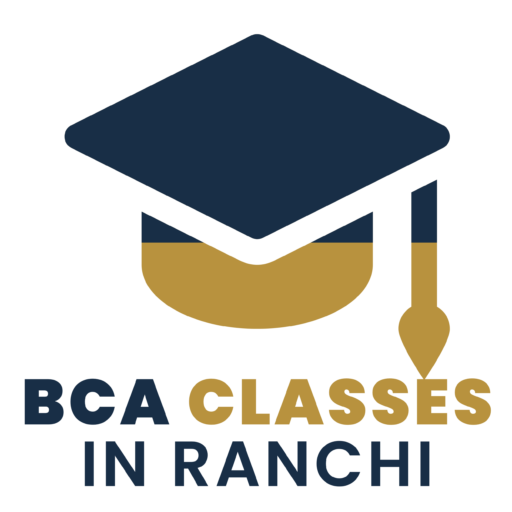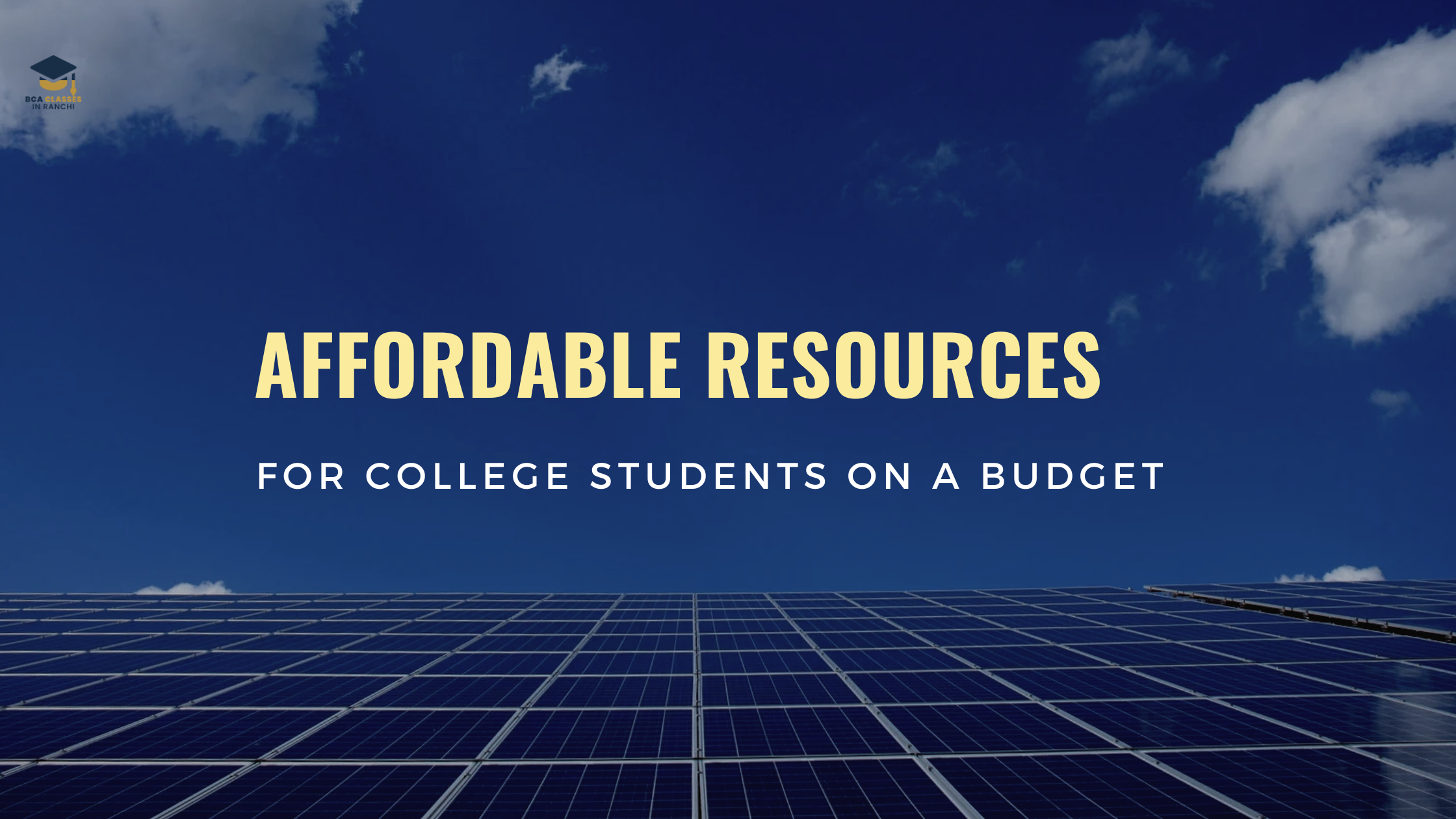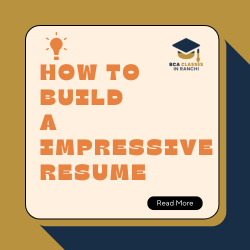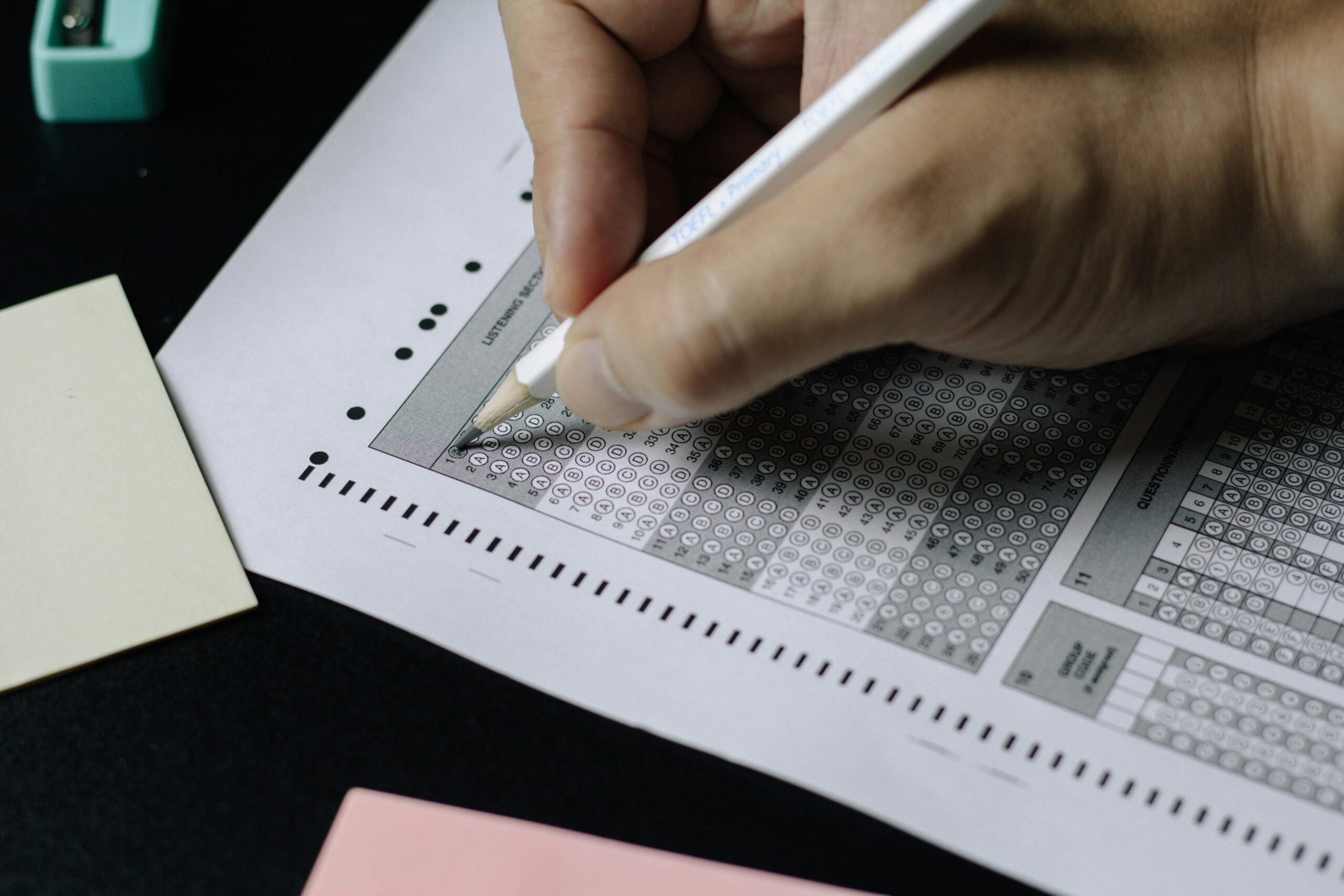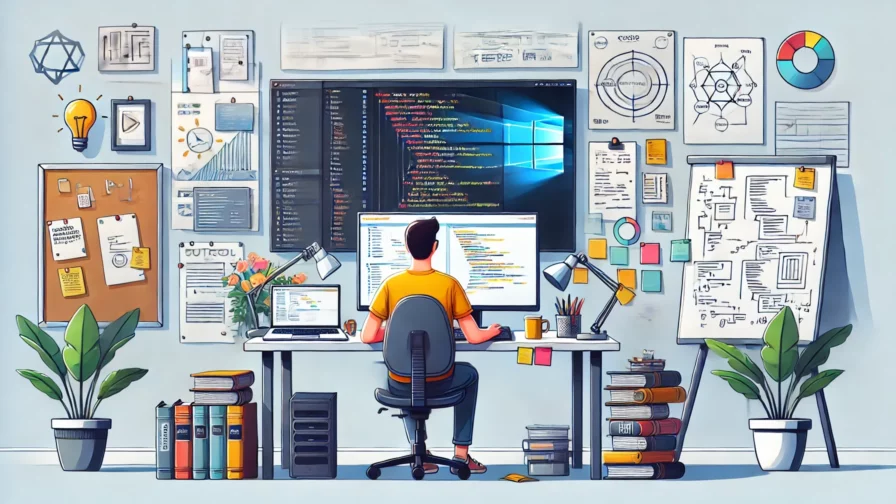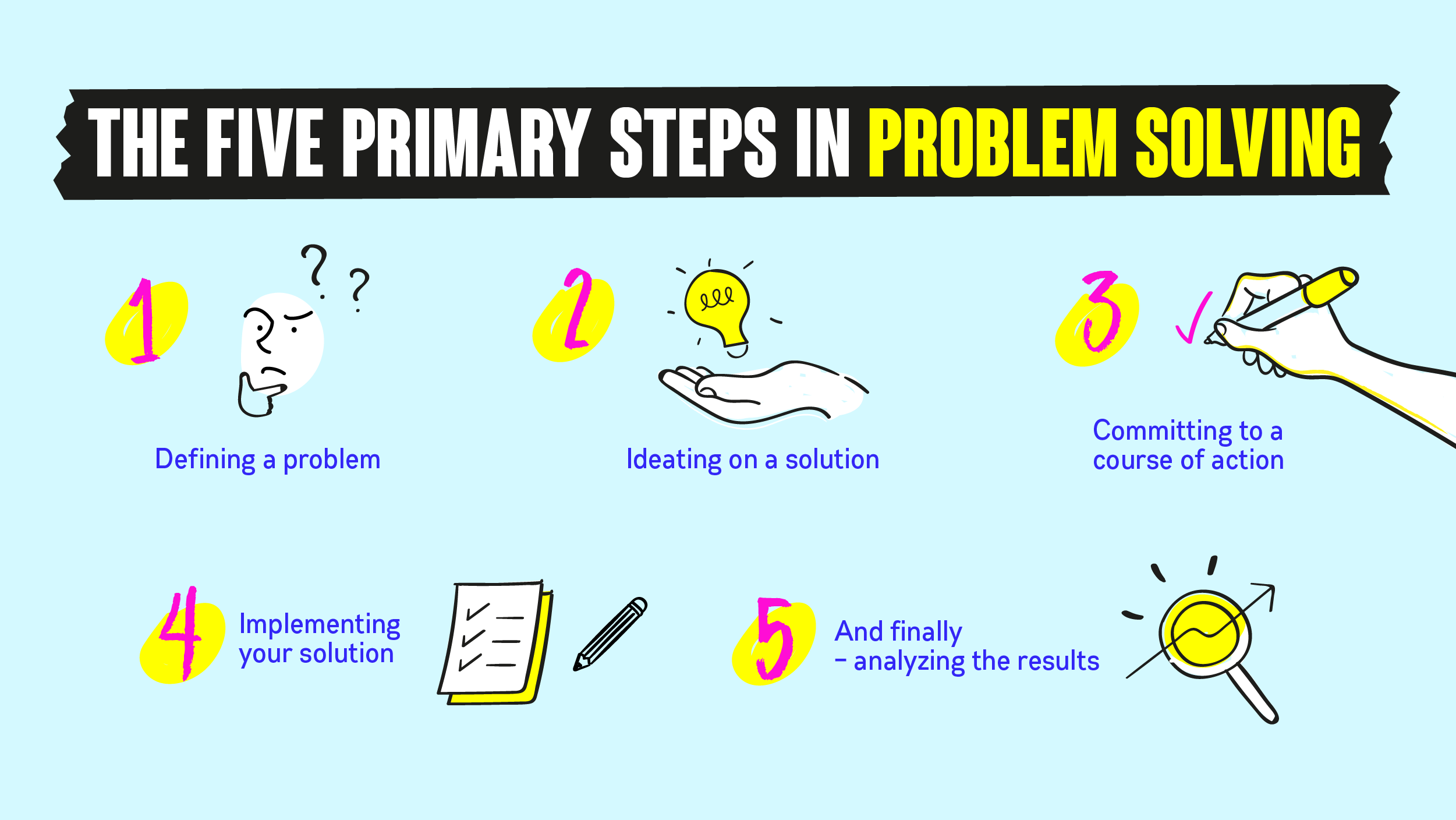The Traditional Classroom Learning Experience
Traditional education systems are predominantly characterized by a structured approach to imparting knowledge, relying heavily on theoretical frameworks and standardized assessments. In this model, educators typically focus on delivering content derived from a pre-established curriculum dictated by educational authorities. Such a curriculum aims to provide students with a foundation in various subjects, ranging from mathematics to literature, emphasizing memorization and repetitive practice. Unfortunately, this often results in students acquiring information without an adequate understanding of how to apply this knowledge in real-world contexts.
One significant limitation of traditional classroom learning lies in its emphasis on standardized testing. Students are frequently compelled to prepare for examinations that prioritize rote memorization over critical thinking and creative problem-solving skills. As a consequence, many students encounter significant difficulties when transitioning from academic settings to practical environments, as they may not possess the necessary skills to navigate real-world challenges effectively. This creates a disconnect between classroom learning and actual application, leaving students ill-equipped to address the complexities of various contemporary issues.
Moreover, the prevailing educational model often overlooks practical skill development, failing to provide students with opportunities to engage in hands-on learning experiences. Such experiences are crucial for fostering crucial competencies that are indispensable in the workplace. As a result, students may find themselves graduating with strong theoretical knowledge but lacking the practical experience required to tackle the problems of students in their future careers. In this way, the traditional classroom learning experience can inadvertently contribute to a broader understanding of the gap between theoretical education and its application in real-life situations, prompting a need for reevaluation and adaptation of teaching methodologies to better prepare students for their future endeavors.
The Importance of Real-World Applications
Real-world applications play a vital role in enhancing the educational experience by demonstrating the relevance of classroom knowledge. Understanding the gap between classroom learning and real-world applications is essential not only for engagement but also for the retention of information. When students see how the theories and concepts they learn in class pertain to actual situations, they are more likely to remember and utilize that knowledge. This connection instills a sense of purpose in their studies, motivating them to learn more actively.
Engagement is significantly heightened when students can relate their learning to practical scenarios. For instance, applying mathematical concepts to everyday budgeting or using scientific principles in nature enhances students’ interest and participation in the educational process. As a result, they are more inclined to think critically and creatively, effectively preparing them for the complex problems they may encounter in the real world.
Moreover, incorporating real-world applications foster critical thinking skills, as students are required to analyze and solve problems that do not have clear-cut answers. This challenges them to explore different perspectives and consider various solutions, a skillset that is invaluable in today’s job market. Employers often seek candidates who can navigate complex tasks and think independently, underscoring the importance of bridging the gap between theoretical learning and practical implementation.
Furthermore, exposure to real-world issues equips students with the competencies necessary for future careers and responsibilities. By engaging with practical applications of their studies, they develop a robust understanding of how their choices impact society, making them more informed citizens and professionals. Such awareness not only enhances their employability but also prepares them to contribute positively to their communities.
Identifying the Gap: Key Differences Between Theory and Practice
Understanding the gap between classroom learning and real-world applications is crucial for preparing students for the workforce. One primary area of disconnect lies in the problem-solving approaches taught in educational environments versus those required in professional settings. Classroom scenarios often involve structured problems with clear solutions, designed to assess a student’s grasp of theoretical concepts. In contrast, the workforce frequently presents complex, ambiguous challenges requiring adaptive problem-solving, critical thinking, and creative solutions. This discrepancy can leave students ill-prepared to navigate the unpredictable nature of real-world problems.
Additionally, there exists a notable difference between the emphasis on soft skills and hard skills within academic programs. While technical competencies—often regarded as hard skills—are essential in certain fields, employers increasingly prioritize interpersonal abilities like communication, teamwork, and leadership. These soft skills enhance an individual’s capability to collaborate effectively in diverse teams and adapt to varying workplace environments. Unfortunately, traditional classroom curricula may overlook the development of these vital competencies, further widening the gap between educational achievement and job readiness.
Moreover, the rapid advancement of technology profoundly influences both learning and application in the modern world. Classrooms may not always keep pace with the technological tools and platforms utilized in professional environments. For instance, many educational institutions still rely on conventional teaching methods that do not incorporate digital collaboration tools or data analysis software, thereby hindering students’ ability to familiarize themselves with technologies essential for their future careers. As a result, there is a pressing need for an educational overhaul that integrates technology and emphasizes practical experiences, ensuring students can adapt to and thrive in the evolving workforce landscape.

Strategies for Bridging the Gap
To effectively address the challenges of understanding the gap between classroom learning and real-world applications, educational institutions and organizations must employ actionable strategies. One effective approach is the implementation of internships. By providing students with opportunities to work in professional environments, internships allow them to apply theoretical knowledge to practical situations. This not only enhances their understanding but also prepares them to navigate real-world problems effectively.
Another strategy worth considering is project-based learning. In this format, students undertake projects that require them to engage in solving real-world problems, thus blurring the lines between academic learning and practical applications. Such projects encourage collaboration and critical thinking, enabling students to grasp the relevance of their studies in a broader context. Integrating case studies or simulations into the curriculum can similarly help students see the direct impact of their learning on real-life scenarios.
Mentorship programs can also serve as a crucial bridge, connecting students with industry professionals who can share insights and experiences. These programs foster an environment of guidance, where mentors provide knowledge about the skills and competencies that are valued in the workforce. By building these relationships, students can gain a clearer understanding of the expectations and realities of their chosen fields.
Collaboration with industry professionals is another avenue for bridging this gap. Schools can invite professionals for guest lectures, workshops, or collaborative projects, which enhances students’ exposure to real-world practices and current trends in their fields of study. Lastly, fostering a growth mindset and encouraging flexibility in the learning process are essential components. A mindset that values ongoing learning and adaptability equips students to tackle the ever-evolving challenges of the modern workforce, thereby reducing the problems of students when transitioning from academic environments to real-world applications.
Read Our Latest Blog
Affordable Resources for College Students on a Budget
For More Information and Updates, Connect With Us
Name Abhishek
Phone Number: +91-7488456170
Email ID: abhishek@eepl.me
Our Platforms:
Digilearn Cloud
EEPL Test
Live Emancipation
Follow Us on Social Media:
Instagram – EEPL Classroom
Facebook – EEPL Classroom
Stay connected and keep learning with EEPL Classroom!
